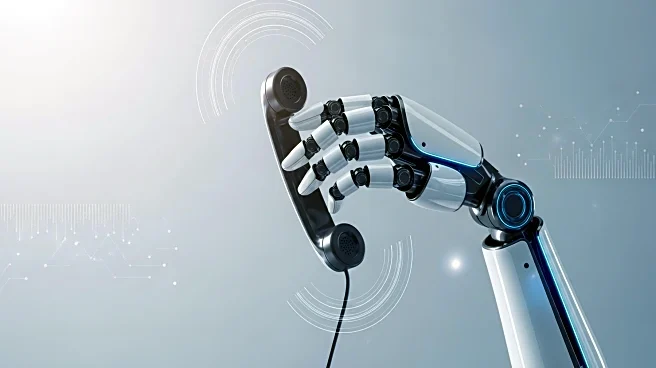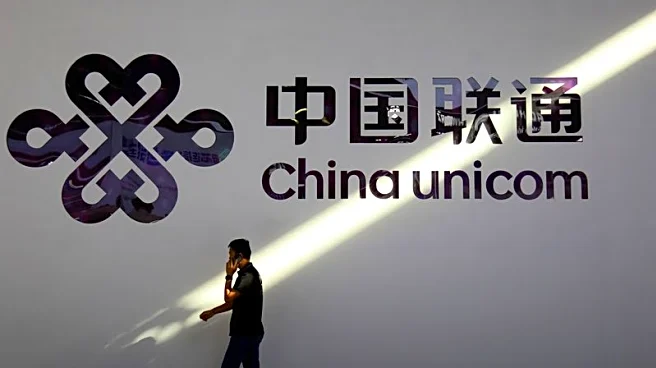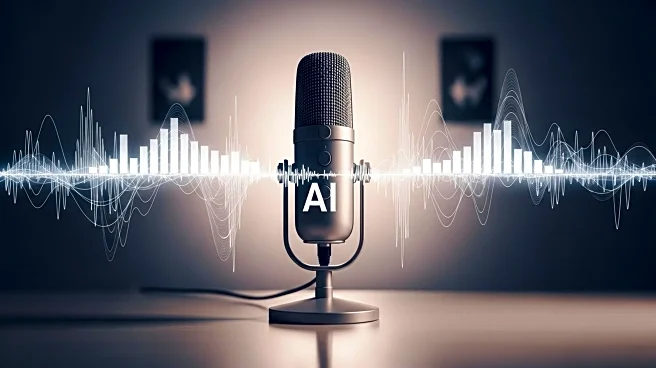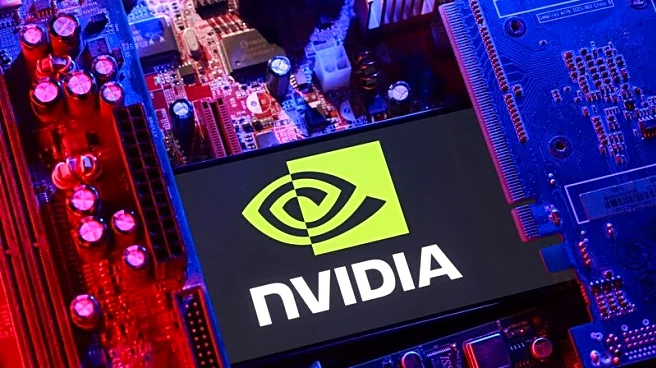What is the story about?
What's Happening?
AT&T is testing a new AI-powered assistant designed to screen phone calls for its users, aiming to reduce the number of spam and robocalls. This feature, described as a 'digital receptionist,' utilizes call history and network information to identify and filter out unwanted calls. The AI assistant can determine if a caller is human by analyzing the voice and urgency of the call. If the call meets certain criteria, it will be patched through to the user; otherwise, the assistant can take a message or hang up. This tool is currently being rolled out to a select group of customers. According to Andy Markus, AT&T's chief data officer, the AI assistant could eventually expand its capabilities to include making reservations or scheduling appointments, similar to existing AI assistants from other tech companies.
Why It's Important?
The introduction of AT&T's AI call-screening tool represents a significant advancement in the fight against spam calls, which have become a major nuisance for consumers. By integrating this technology directly into its network, AT&T offers a more seamless and potentially more effective solution compared to device-based call-screening features. This development could enhance user experience by reducing interruptions from unwanted calls and providing a more efficient way to manage communications. Additionally, the potential expansion of the AI assistant's capabilities could further integrate AI into daily tasks, streamlining processes for users and potentially setting a new standard for telecom services.
What's Next?
As AT&T continues to test and refine its AI call-screening tool, the company may expand its availability to a broader customer base. The success of this feature could prompt other telecom providers to develop similar technologies, leading to increased competition in the market. Users can expect further enhancements in AI capabilities, potentially including more personalized and context-aware services. Stakeholders such as consumer advocacy groups and regulatory bodies may also monitor the deployment of such technologies to ensure privacy and security standards are maintained.
AI Generated Content
Do you find this article useful?














